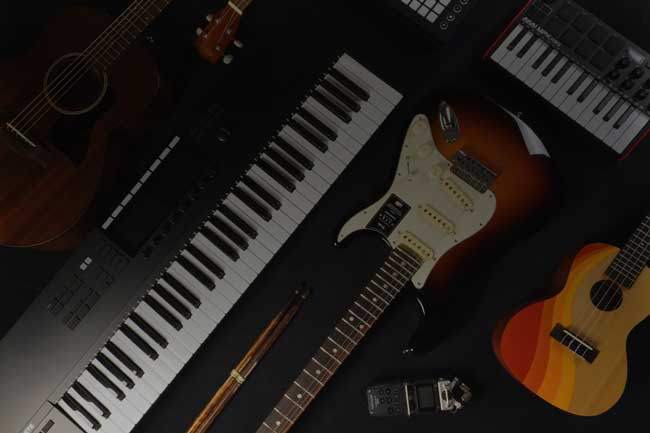- Catalog #: YFL472H
- SILVER LIPPLATE
- POINTED ARMS
YFL-472H Intermediate Flute with B-Footjoint
- Ring keys
- Pointed arms
- Offset G
- Split E Mechanism
- Head and body made of sterling silver
- Silver-plated keys
- CY head piece with poly-conical curve for excellent response and rich sound
- Full, pithy tone
- Accurate intonation
- Comfortable to play
- Includes case and accessories
Yamaha Bestsellers Refined to Support Beginning Players
We took all the lessons we learned through the process of developing and perfecting our Handmade and Professional models and incorporated their essence into the design of our intermediate and standard flutes. But these flutes, meticulously hand -adjusted and test-played by experienced artisans, are more than just inexpensive versions of our professional flutes. They are closely focused creations in their own right. We developed them around the idea that beginners have special needs, that nothing is more frustrating than trying to learn to play on a poor quality instrument. It is very important for young students to be able to produce beautiful, flute-like tones as quickly and easily as possible. And it is equally important that their instruments have accurate, centered intonation to help their ears develop properly. These are flutes that will help beginners rapidly improve, while offering more advanced players excellent response and tonal qualities.
*400 Series Intermediate Flutes 400 Series flutes feature a headjoint, body and footjoint made of the same 92.5% pure sterling silver as expansive proffessional models for a rich, warm tone with enhanced projection.
Toneholes

Drawn and Curled
Walls are drawn upward from the body material, giving the flute a broad, light sound.
Key Types
Many advanced players prefer the open feel of Ring keys for subtle control of their tone. Intermediate and Standard model French system flutes come with key plugs to seal the hole until players have become adept at covering the holes with their fingers.

Ring (French) Keys
Key Systems
Many players find the Offset G configuration easier to play. Often teachers recommend that beginners start on these flutes, while more and more advanced players are also choosing this natural feeling configuration. Many advanced students and professionals, though, still prefer the traditional In-line formation where all the toneholes are in a straight row.

Offset G
Split E Mechanism

This key helps give more stability and better centered intonation to the high E.
Footjoints
The B footjoint has an extra key enabling the player to play 1/2 step lower than the lowest note of the C foot. It also affects the sound; B footjoint enables a darker, stronger sound with good projection, while C footjoint has flexible, warmer tone.

B Footjoint





